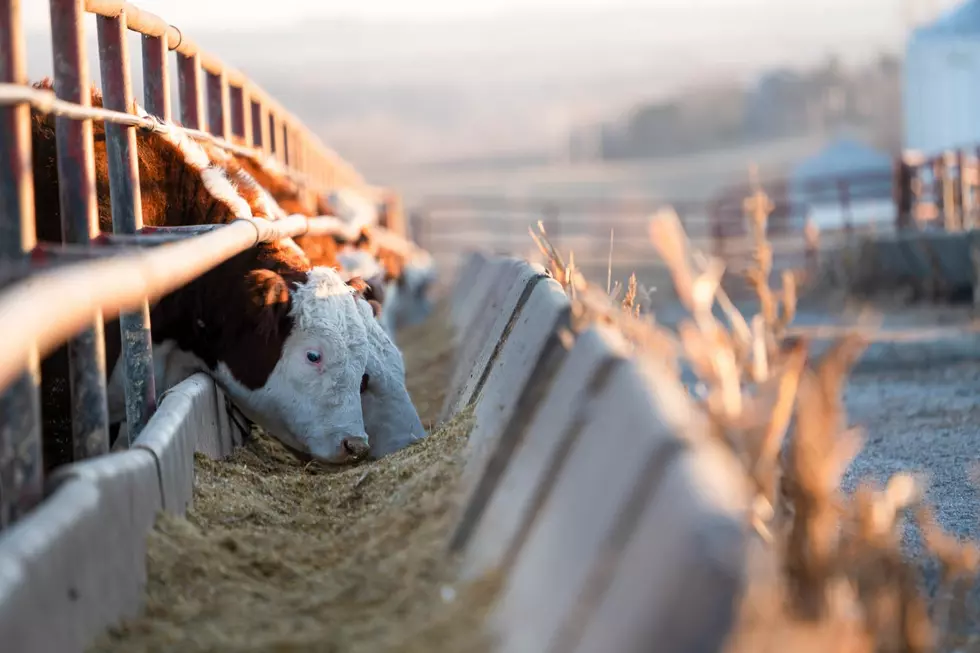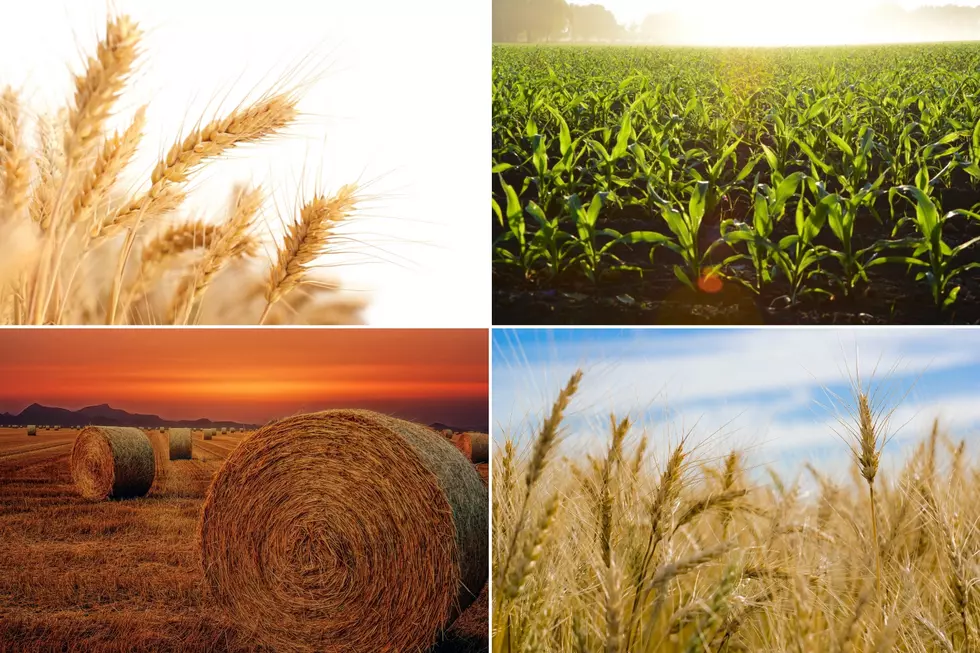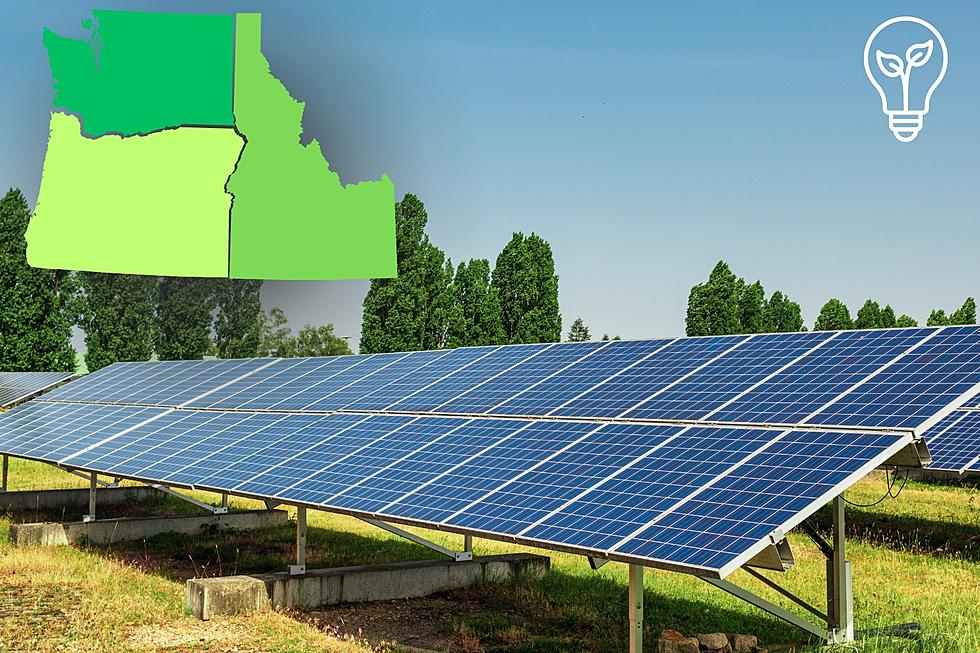
What Does High Cattle On Feed Numbers Mean For The Industry?
Placements were the story of USDA’s most recent Cattle on Feed Report. Placements were up 9% year-over-year, driven primarily by the poor pasture conditions in the Plains region. Derrell Peel, livestock economist, says cattle and calves on feed for the slaughter market in the U.S. for feedlots with capacity of 1,000 or more head totaled 12.2 million head on March 1st.
"It’s been a little surprising that we've been able to hold these feedlot numbers up. We know the cattle numbers in general are coming down, the January Cattle Inventory Report told us we have fewer cattle in the country. But of course you can change that timing for quite a period of time, and that's what feedlots have been doing for several months now, actually, they've been able to place cattle and really kind of pulling ahead, if you will, more so in recent months. The bottom line is they're able to hold the feedlot inventories. I think they've been aided and abetted in this case by some drought conditions and dry wheat pasture conditions. So, cattle moved earlier than they would have otherwise, and so, they're in the feedlots now. What that means of course is that they won't be there later.”
Going forward, Peel said feedlots will be squeezed by higher feed costs and feeder cattle prices.
“With those higher feed costs on the one hand, and also, obviously, cattle prices are higher. So, feeder cattle prices are higher than a year ago. And as we go forward with the numbers getting even tighter, feedlots are going to face more of a squeeze at some point down the road here, perhaps a couple months away, but certainly by the second half of the year it's going to be a little bit different situation, I think.”
If you have a story idea for the PNW Ag Network, call (509) 547-1618, or e-mail gvaagen@cherrycreekmedia.com
More From PNW Ag Network









